On January 17, 1966, a B-52 bomber from the United States Air Force collided with a KC-135 tanker mid-air while refueling. The bomber and the tank were 31,000 feet above the Mediterranean Sea when the collision occurred.
The tanker blew up after the fuel load ignited, causing the B-52 bomber to fall apart. The remnants fell to the ground beneath them, including the bombs that the aircraft was carrying, and the tragedy now known as the Palomares incident took place.
However, this was just the beginning of the story.
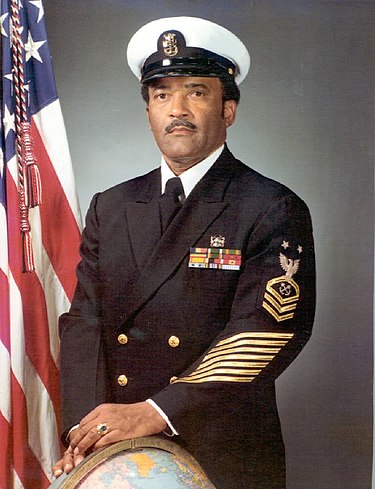

The extensive clean-up mission required the Navy’s help to find one of the lost bombs in the sea. Carl Brashear, the Navy’s first ever black diver, was tasked with spearheading the retrieval mission.
What should have been a standard retrieval mission changed Carl’s life forever.
Carl Brashear’s Search For Adventure
Carl Brashear was born in January 1931 in LaRue County, Kentucky. He had five elder siblings and would be child number six out of eight. The large family resided on a farm in Kentucky.
Young Carl was highly intelligent but quickly grew bored of school. By seventh grade, he’d dropped out and began to work on the family farm.
The boy had big dreams, though, and he didn’t envision farm life in his future. Carl sought adventure and excitement but didn’t get that from growing crops.
When he was 17, he applied to join the U.S. Army. His application was rejected. Disappointed but undeterred, Carl applied to join the Navy instead. He was relieved that this application was accepted and enlisted in February 1948.
Five months later, President Harry Truman signed Executive Order 9981, desegregating the military. When generals and politicians resisted the desegregation, Truman remained steadfast in his decision, insisting on equality for all.
Still, Carl was initially assigned to cook for white officers. He accepted this role but kept an eye out for the opportunity to advance into something more exciting.
In 1950, he would catch a glimpse of divers recovering airplanes from the sea. As he stood on the deck of the aircraft carrier, he watched in awe as the brave divers ventured into the dangerous sea.
He was captivated. Carl knew this was the role he wanted to be in.
However, applying to join the U.S. Navy Diving and Salvage School proved difficult. Despite the desegregation of the military, racism was still rampant.
His applications would vanish or remain unseen. Still, Carl was nothing if not determined. Over 100 letters later, his application was finally accepted. He was the diving school’s first black student.
Carl’s life certainly wasn’t made easy by those in his cohort. They would mistreat him, bully him, and leave him notes that were blatant threats. Carl wasn’t about to let that stop him from fulfilling his dream to become a recovery diver, and he would go on to graduate in 1954.
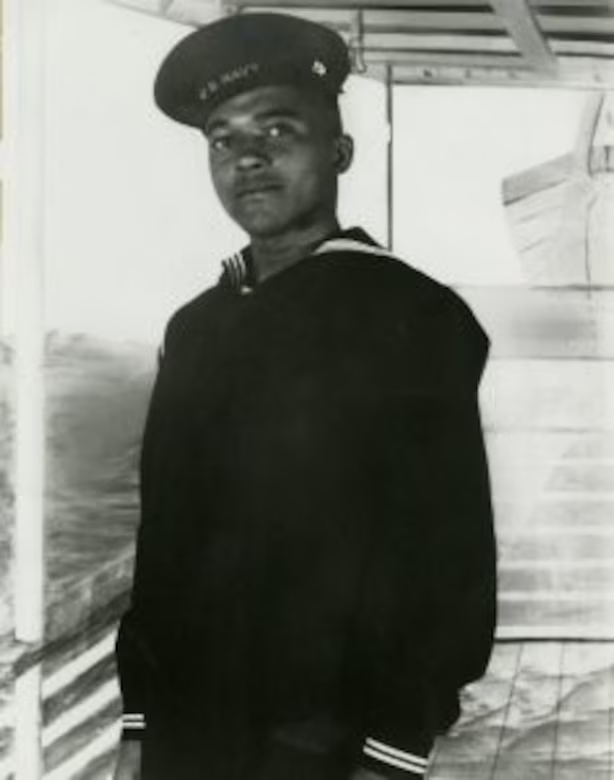
The job of a recovery diver was incredibly dangerous. Carl was tasked with jobs like recovering lost planes and sunken ships. However, while most people would find this frightening – diving the depths of the sea and swimming amongst World War II torpedoes – Carl flourished. He basked in the excitement.
He still wanted to advance within the Navy but knew he needed additional qualifications. He worked to achieve his high school diploma, which he did in 1960 at 29.
He would also have to tackle a tough onslaught of physics and mathematics courses if he was to realize his dream of being a deep-sea diver. Despite his struggles with the course, he persisted and ended up graduating third in his class.
Carl thrived in the adventurous role. However, in 1966, an incident would take place that would truly test his appetite for adventure.
The Palomares B-52 crash
In January 1966, a B-52 bomber collided with a KC-135 tanker mid-air while refueling. The bomber’s fuselage was compromised by the tanker, causing the B-52 to explode in the air and then fall into the sea.
The tanker had four crewmen aboard who never escaped the accident. There were also seven men on the B-52, only three of whom managed to eject themselves from the bomber before it collapsed with them inside.
The pilot fell from the B-52 as it crumbled but miraculously survived. The three remaining crew were unable to get off the bomber and were tragically killed in the explosion.
As the B-52 was engulfed in flames in the air, the four nuclear bombs it was carrying hurtled to the ground.
Three of them landed near Palomares, a small fishing and tourist town along the Mediterranean Sea in Andalusia, Spain. They didn’t detonate when they hit the ground, thankfully, but they did end up scattering plutonium around the area.
One of the bombs remained intact, and another of the bomb’s parachutes opened on the descent and carried it into the Mediterranean Sea.
The bombs that had fallen from the wreckage had caused hundreds of acres of land around Palomares to be contaminated with radioactive pollution.
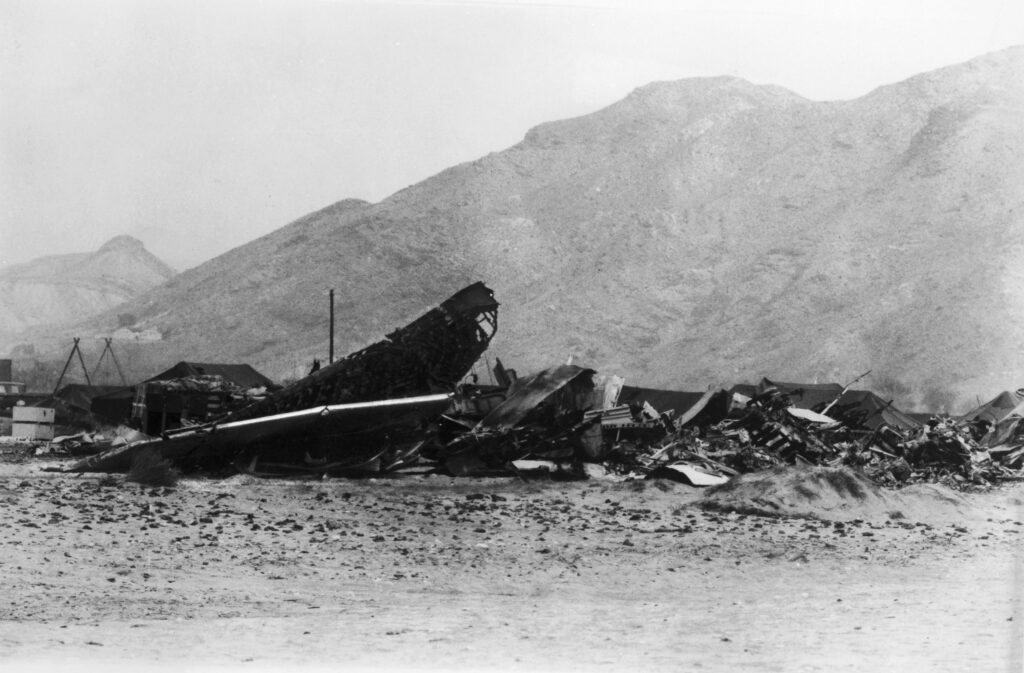
As a result, the tainted soil was lifted, packed, and secured before being taken to the USA to be disposed of at a nuclear plant.
With three of the bombs successfully retrieved, there was just one remaining: the one in the Mediterranean Sea. The recovery divers were called in, and Carl Brashear spearheaded the team. What unfolded next would change his life forever.
The Rescue And Salvage Mission
After Carl and his rescue team were dispatched to salvage the nuclear weapon, they made their way to the Mediterranean aboard the USS Hoist.
A freak accident occurred as Carl was on deck navigating the salvage mission. A mooring line attached to a smaller vessel on the side of the ship snapped suddenly and broke free from the pipe that secured it. The heavy steel pipe that was once attached to the ship was now hurtling across the deck at lightning speed.
Without Carl Brashear’s quick thinking, the uncontrolled pipe would have wiped out the entire crew. He ushered his crew out of the way—but at his own expense.
The steel pipe struck Carl violently, almost taking off the lower part of his left leg.
The injury was almost fatal. He was rushed to Portsmouth Naval Hospital in Virginia, and although he was still alive, the prognosis wasn’t good.
Doctors informed him that the road to recovery was long and that he’d have to walk with a cane after his leg had healed. Not only that, he’d need to use a brace on his left leg at all times.
This wouldn’t work for Carl. He couldn’t be away from the Navy for years; he’d worked too hard to get to where he was: by this point, he’d secured the title of first-class diver. He was also the first black first-class diver, an achievement he’d worked so hard for. He wasn’t willing to let it slip away from him so easily.
“Go ahead and amputate,” Carl told the doctor. “I can’t be tied up that long.”
His left leg was subsequently amputated, although the recovery wasn’t as quick as Carl had anticipated. He spent an entire year in the hospital while he recovered from the major surgery and learned to walk with a prosthetic leg.
Then, Carl’s worst scenario came true: the Navy posted his discharge papers.
All of his hard work, perseverance, and training culminated in his discharge. Carl couldn’t accept this as his fate and refused to sign the papers. Despite losing his leg, he was determined to return to his post. The odds were stacked against him since there’d never been an amputee diver in Navy history.
Then again, there’d never been a black first-class diver before Carl, so breaking barriers wasn’t something that fazed him.
Still, Navy officials were dubious that Carl would have what it took to return to his duties. In the spring of 1967, Carl moved from the Naval Regional Medical Center to the Harbor Clearance Diving School in preparation for his eventual return to duty.
Regardless of Carl’s prosthetic leg, the Navy didn’t take it easy when it came to testing his physical ability. He was treated exactly the same as his peers and held to the same standards.
Carl had to climb ladders with barbells tied to his back to prove his competency and walk lengthy stretches with 300 pounds of diving equipment attached to him.
All of this took its toll on Carl’s left leg. His stump would bleed from the pressure he put on it while running with his prosthetic leg on.

On occasion, Carl’s artificial leg would end up filled with blood by the end of a training session. He’d refuse to tell anyone for fear of his job being taken away. Instead, he’d fill a bucket with hot water and salt and soak his bleeding leg when nobody was around.
Carl’s refusal to give up saw him pass every test the Navy put in his way. He was cleared to return to work.
Breaking Even More Barriers
Carl would propel his career even further upon his return. In 1970, just four short years after having his left leg amputated, he became one of the first African-American master divers.
It’s debated that Carl was, in fact, the first African-American master diver, though some sources suggest John Henry Turpin was the first. Either way, Carl was still a trailblazer when it came to breaking down the racial barriers that had previously been in place.
Just a year later, in 1971, he achieved the rating of master chief boatswain’s mate. This is defined as someone awarded the “striking” rating as a deck seaman.
Carl served in the Navy for another nine years and then took on a role at Naval Station Norfolk before his retirement in 1993.
His life story was recreated in the highly acclaimed 2000 drama film Men of Honor, in which Cuba Gooding Jr. played Carl Brashear. Upon the movie’s release, Carl himself attested to how accurate the portrayal of his life story was.
In his later years, Carl would reflect on his inspiring career and the racism and prejudice he endured while trying to make it in the Navy. “I had the ability to shake it off until I was able to step over adversity,” he said.
In July 2006, Carl succumbed to heart and respiratory failure, aged 75.
In one of his final interviews before his death, he said of his life, “I was able to turn tragedy into triumph.”
Sources
https://navalunderseamuseum.org/carl-brashear/
https://www.thisdayinaviation.com/tag/1966-palomares-incident/
https://bootcampmilitaryfitnessinstitute.com/2021/03/13/what-was-the-1966-palomares-b-52-crash/
https://www.depauw.edu/news-media/latest-news/details/11499/

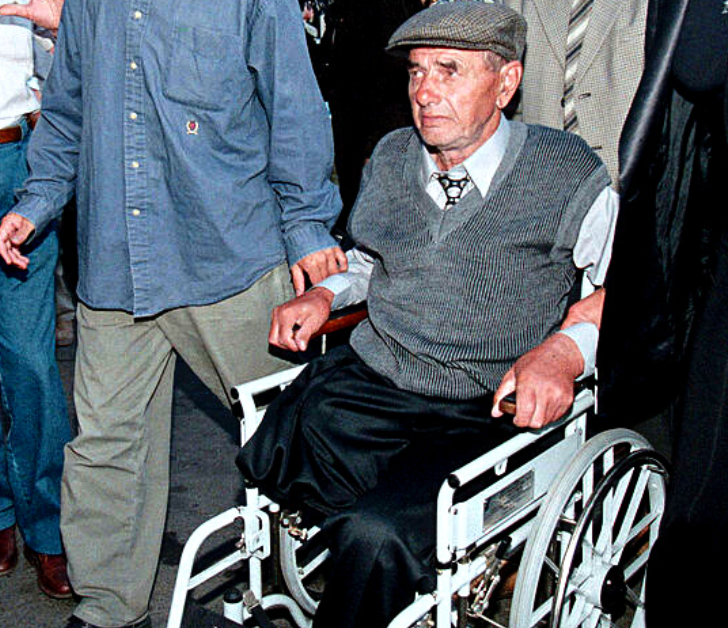




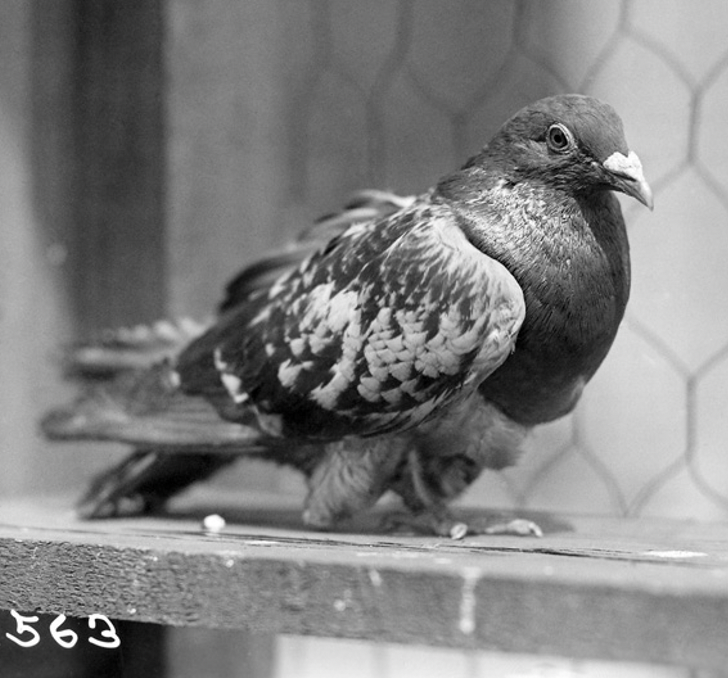


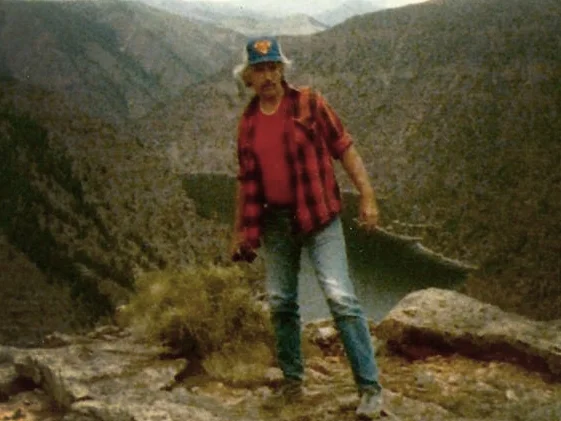
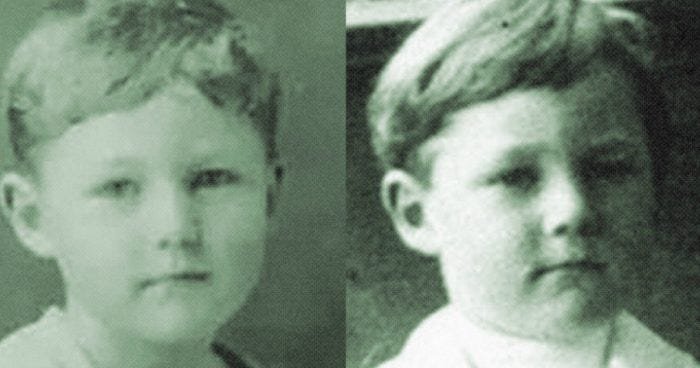

Leave a comment